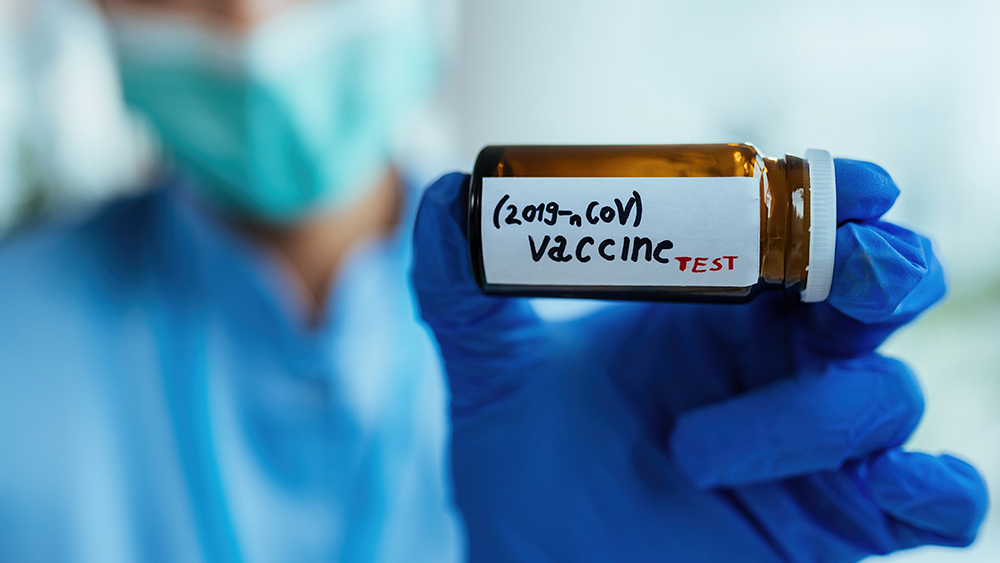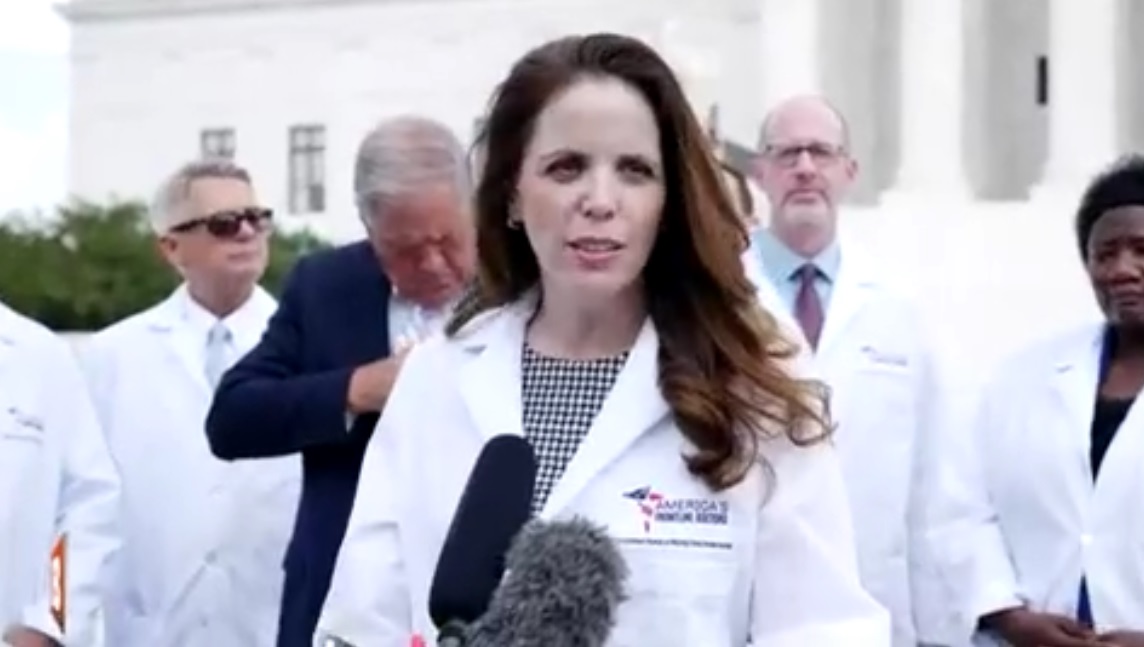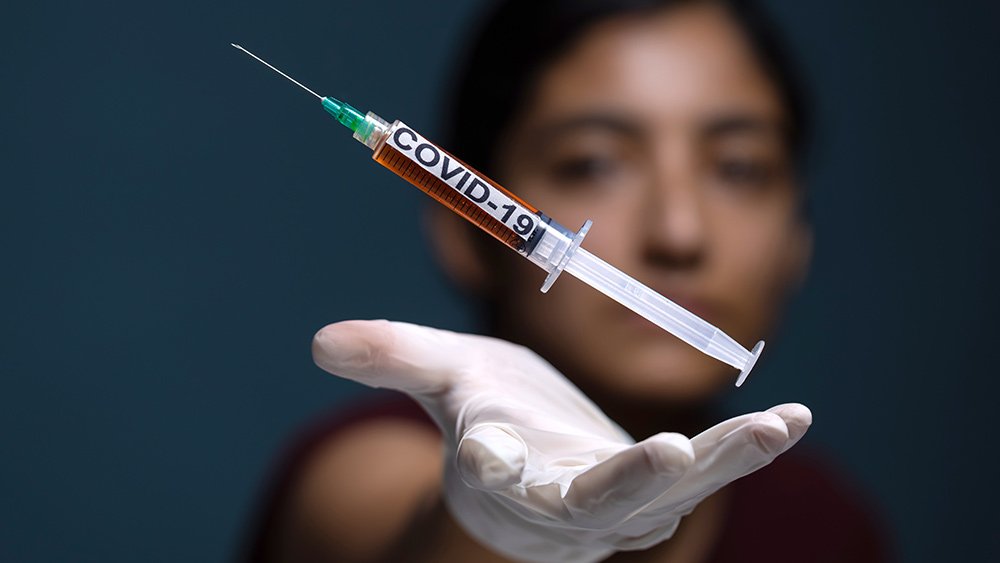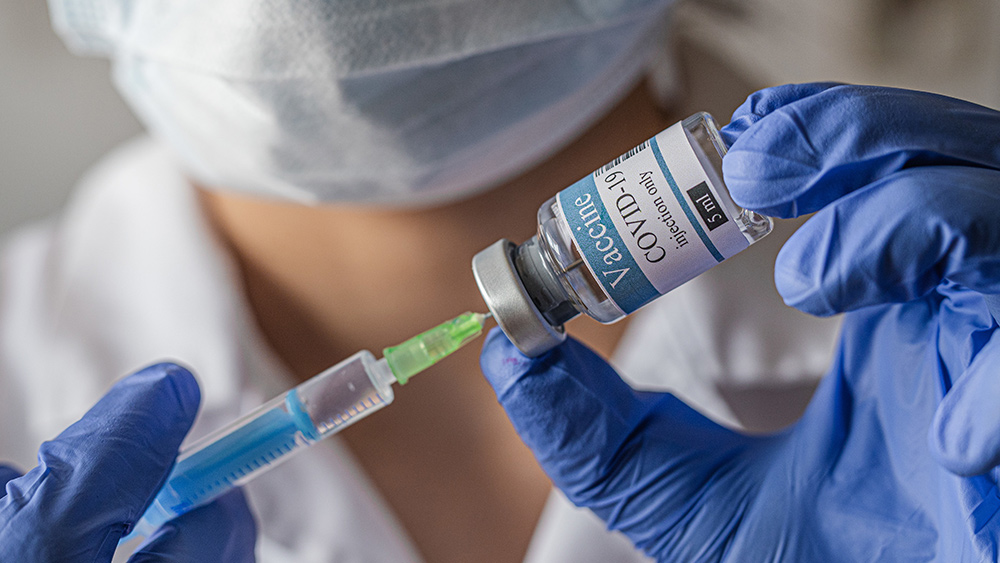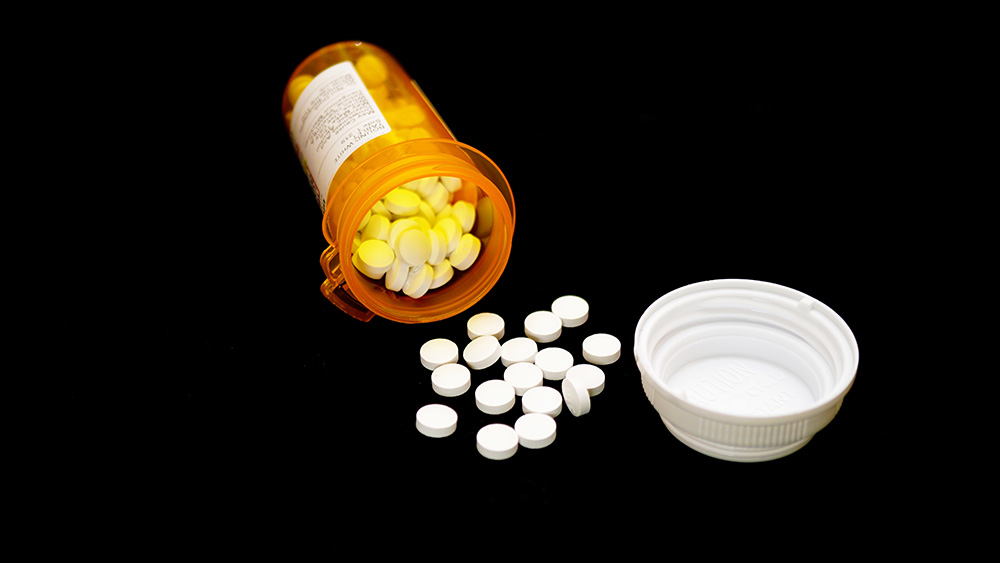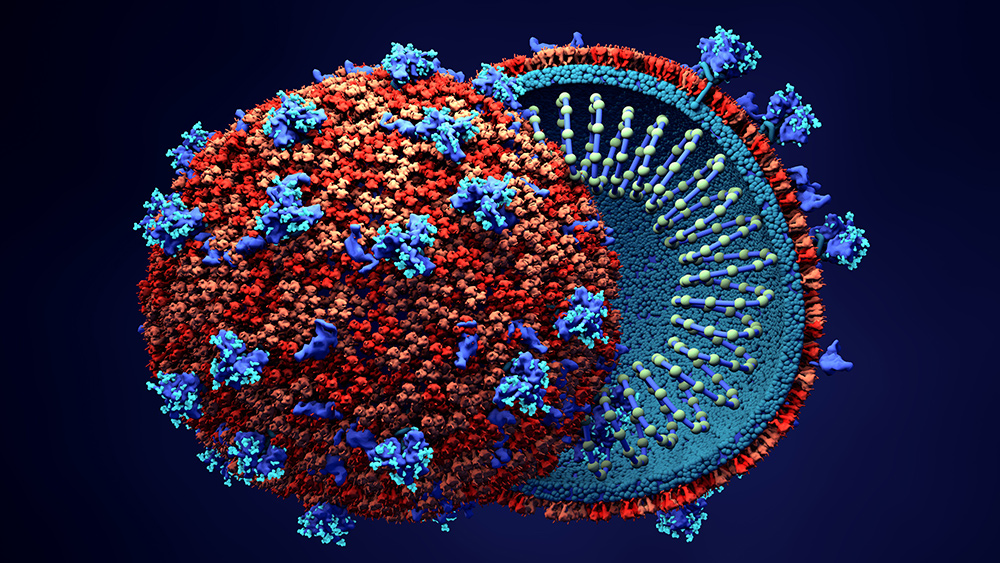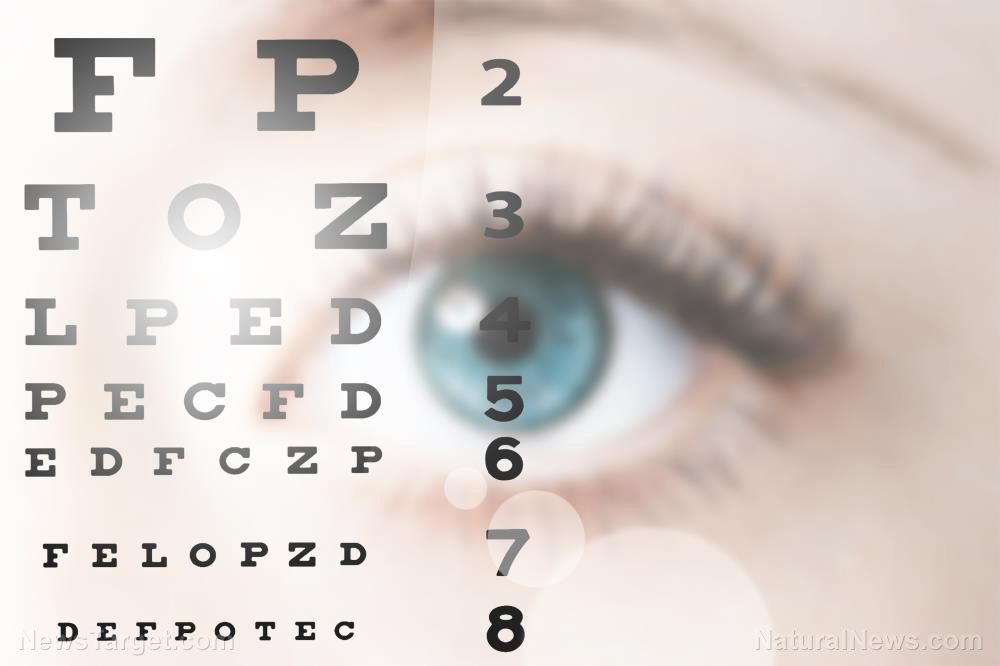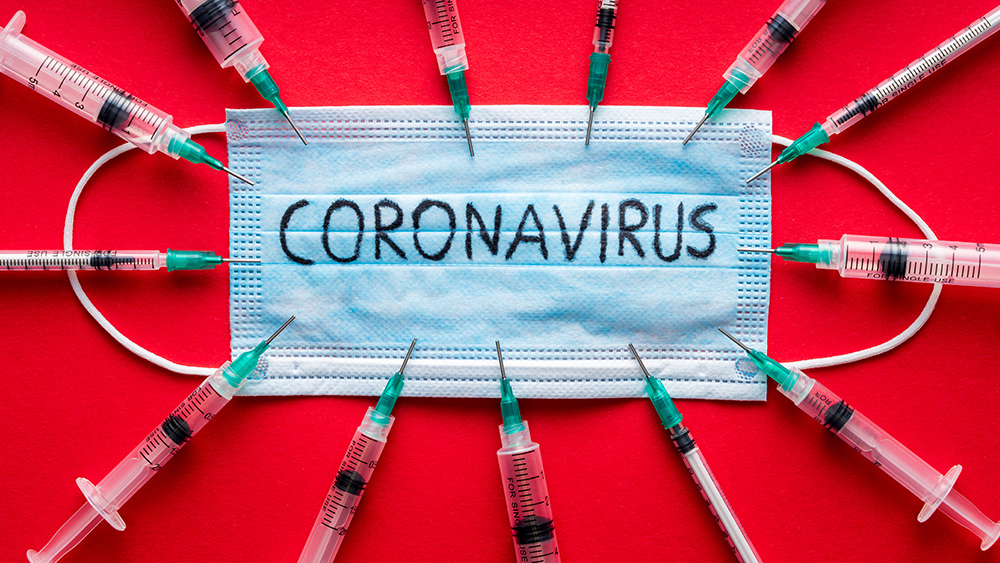Aerosol transmission of coronavirus underestimated, study says
08/05/2020 / By Franz Walker
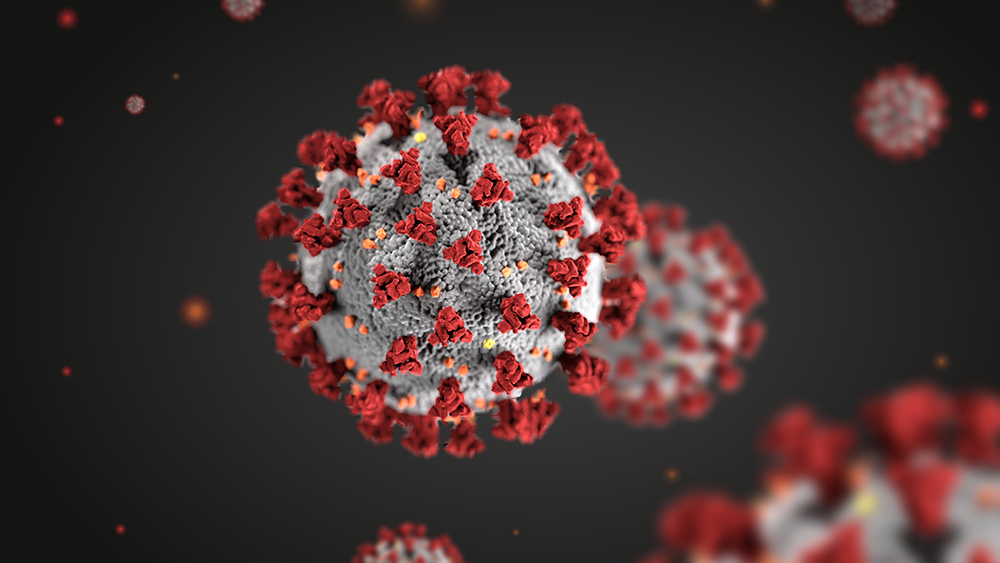
New research is warning that the aerosol transmission of the Wuhan coronavirus (COVID-19) is being underestimated, possibly affecting guidelines on social distancing, ventilation and shared spaces.
Using a newly developed mathematical model of coronavirus droplet migration, researchers at the Heriot-Watt University and the University of Edinburgh have found that small, virus-laden aerosol particles are traveling further than expected.
“The flow physics of someone coughing is complex, involving turbulent jets and droplet evaporation,” stated Dr. Cathal Cummins, assistant professor at Heriot-Watt University in Edinburgh. “And the rise of COVID-19 has revealed the gaps in our knowledge of the physics of transmission and mitigation strategies.”
First study to use physics to model the spread of virus-laden aerosol particles
Previous studies have approached the question of how the coronavirus spreads through the air from a physiological perspective. This new study is the first time that researchers are approaching it from a physical perspective. (Related: Just a minute of talking can launch over 1,000 coronavirus-carrying droplets in the air, says study.)
“We wanted to develop a mathematical model of someone breathing that could be explored analytically to examine the dominant physics at play,” stated Cummins.
Using a mathematical model that clearly shows small, intermediate and large-sized droplets, the researchers found that simple formulas could be used to determine a droplet’s mathematical range.
“We represent breathing as a point source of both air and droplets and include a point sink to model the effect of extraction of air and droplets,” Cummins explained. “To take their size and density differences into account, we use the Maxey-Riley equation, which describes the motion of a small but finite-sized rigid sphere through a fluid.”
The modeling showed that medium-sized particles fall very close to the source, as shown in previous studies. In addition, they also found that both large- and small-sized particles traveled much further.
Of the two, it’s the latter, smaller-sized particles that are of particular worry. The researchers warn that while personal protective equipment (PPE) such as face masks were an “effective barrier” against the larger droplets, they may be less effective against the smaller ones.
“We can’t afford to be complacent about small droplets,” stated co-author Dr. Felicity Mehendale, an academic surgeon at the University of Edinburgh. “PPE is an effective barrier to large droplets but may be less effective for small ones.”
Airborne transmission is underestimated, but the researchers have a solution
Even before the study came out, the World Health Organization (WHO) had already acknowledged that airborne transmission of the virus may be underestimated. The admission came after a group of more than 200 scientists sent an open letter to the WHO on the matter.
“In healthcare settings, if aerosol transmission poses a risk then we understand healthcare workers should really be wearing the best possible preventive equipment … and actually the World Health Organization said that one of the reasons they were not keen to talk about aerosol transmission of COVID-19 is because there’s not a sufficient number of these kind of specialized masks for many parts of the world,” stated Benjamin Cowling, a professor at Hong Kong University and one of the signatories of the open letter.
Looking to address the problem of these small, virus-laden aerosol droplets spreading the disease in healthcare settings, Mehendale has come up with the idea of an aerosol extractor device. These would keep healthcare workers safe during a wide range of aerosol-generating procedures (AGP) that are routinely performed in medicine and dentistry.
The team is currently working on plans to manufacture these extraction units, which, when placed close to their sources, should be able to effectively trap droplets, as long as their diameters are less than about half that of a human hair.
“This has important implications for the COVID-19 pandemic,” said Cummins. “Larger droplets would be easily captured by PPE, such as masks and face shields. But smaller droplets may penetrate some forms of PPE, so an extractor could help reduce the weakness in our current defense against COVID-19 and future pandemics.”
Until the extraction units are made available and have been confirmed to actually work, however, the study may mean that guidelines for social distancing, wearing masks and even ventilation systems may have to be reconsidered.
That said, the team stated that a better understanding of the behavior of droplets would help out in formulating safety guidelines not just for the current pandemic, but for future ones as well.
Learn more about new discoveries about the coronavirus over at Pandemic.news.
Sources include:
Tagged Under: airborne transmission, coronavirus, covid-19, disease, epidemic, Flu, infections, outbreak, pandemic, physics, research, Study, superbugs, virus, WHO

